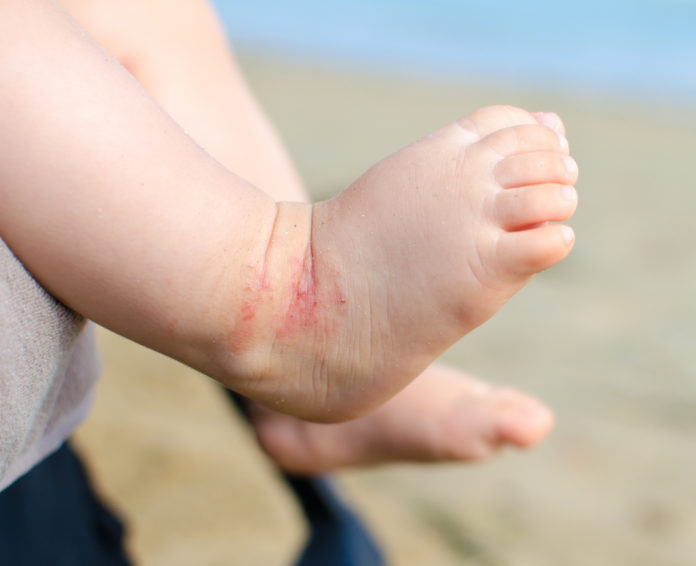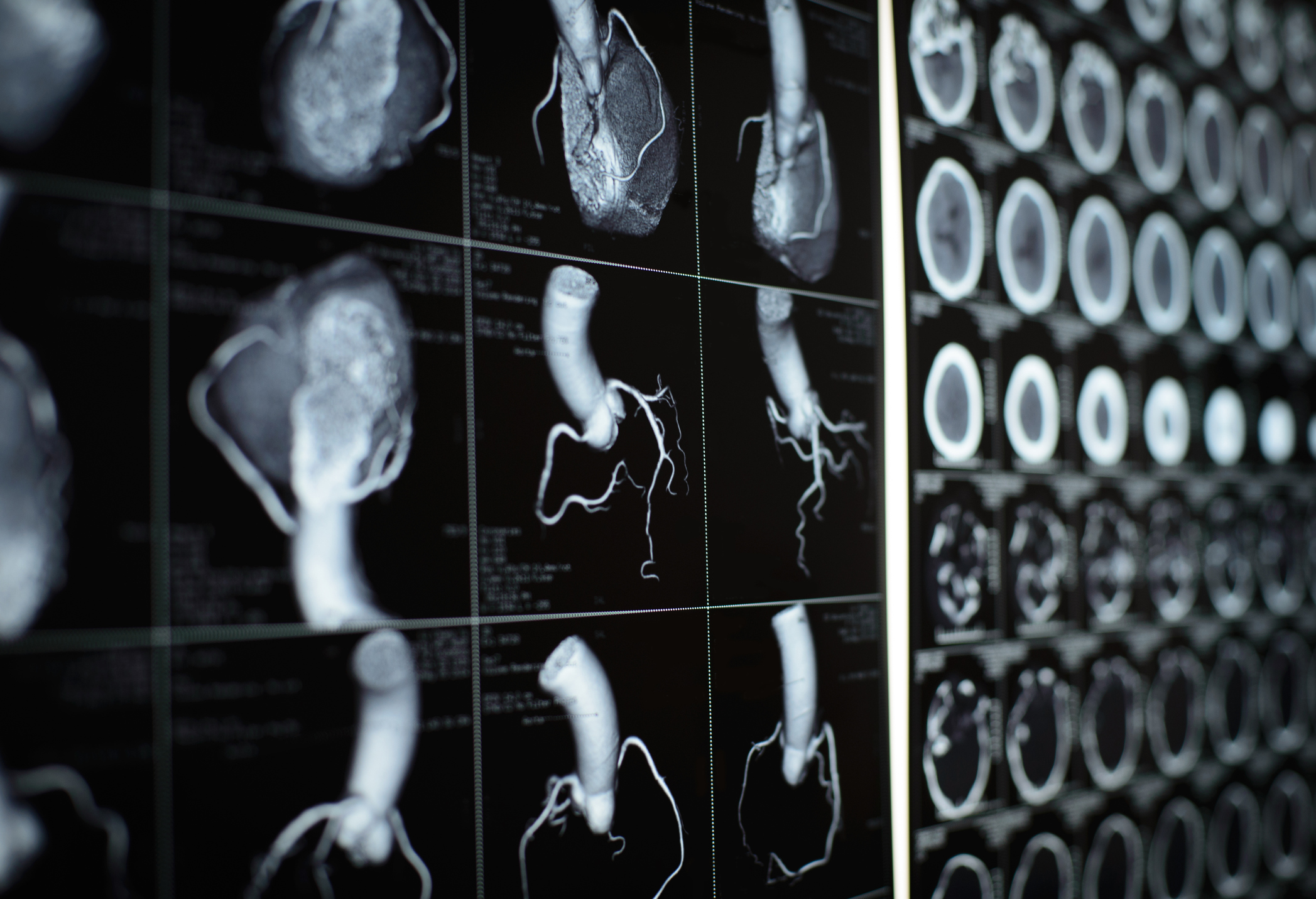
defining characteristics
Chronic, pruritic dermatitis that waxes & wanes; face & extensor extremities of infants; flexural surfaces of older children/adults; lichenification and linear excoriations can be present (chronic); xerosis, dermatographism
disease development
Hypersensitive, twitchy skin – overreaction to various stimuli, causes skin to turn red–> white when scratched; same “”twitchiness”” also seen in lung/nasal membranes
Abnormal cytoskeleton? Mutation in filaggrin causes abnl barrier fx so increased dryness; mutation also causes bundling/collapsing of keratin fibers
Aberrant inflammatory response? abundance of TH2 cells in dermal inflammatory infiltrate
Hygiene hypothesis? overreaction upon antigen exposure due to “”too clean”” of environment
Probably all of these!
potential causes
Once child outgrows AD, can have asthma/ allergies later; higher prev in developed countries suggest environmental factor
epidemiology
20% of children, 1% of adults
“childhood eczema”; 2- 3x more common now; more developed countries
risk factors
More common if parent has AD
labimaging
conventional treatment
Moisturizers for xerosis, anti- inflammatory cortisone creams; if no relief to those, systemic immunosuppressants for severe cases (prednisone, cyclosporin); oral antibiotics for presence of secondary infections; acyclovir for secondary HSV infections (especially if periorbital)
complications
Complications due to abnl barrier function of skin or abnl immune response?
Secondary infections of AD skin with S. aureus, MRSA, HSV (tingling, stinging at lesion), molluscum –> pustulosis or folliculitis, weeping/oozing/yellow crust
– have less AMPs due to acute/chronic lesions!
Food allergies



